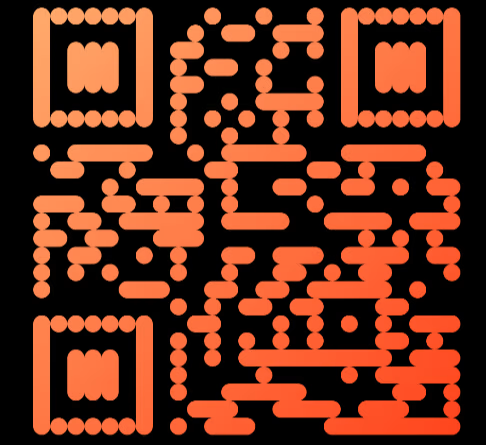
QR Code Payments to Exceed $8tn by 2029
QR codes, or Quick Response codes, are two-dimensional barcodes that store information in a grid of black and white squares. Initially developed for tracking parts in manufacturing, QR codes have evolved into a versatile tool for sharing information, authenticating users, and facilitating payments. In the context of payments, QR codes have become a game-changer, offering a simple, secure, and cost-effective way for consumers and businesses to transact. By scanning a QR code with a smartphone camera, users can instantly initiate payments, eliminating the need for physical cards or cash. This technology has gained significant traction globally, particularly in regions where digital payment infrastructure is still developing, due to its low cost, ease of use, and universal compatibility. Find out how to generate barcode free.
A new study from Juniper Research, the foremost expert in fintech and payment markets, has found that the value of QR code payments will grow by 50% globally from $5.4 trillion in 2025.
The standardisation of national QR schemes and Account-to-Account (A2A) payment initiatives will be a key factor in driving the adoption of QR code payments. Despite this growth, Apple’s opening up of third-party Near-field Communication (NFC) access will increase competition, as consumers will have wider access to NFC-based options. The report predicts that this increased competition will be most felt in North America and Europe, where iOS products have the highest market share.
Utilising QR Code Advantages Critical to Success
The research anticipates that accessibility and affordability will be vital for establishing the presence of QR codes in NFC-dominated markets.
QR code payments hold distinct advantages over NFC technology, which contribute to their continued growth and widespread adoption. The two primary factors driving the sustained appeal of QR codes, making them an accessible and versatile solution for both businesses and consumers, are:
- Lower operational costs
- Universal compatibility
Research author Daniel Bedford explained:
“QR code infrastructure is cheaper and more accessible than traditional point-of-sale technology. It lowers the barrier to entry for smaller vendors, such as street vendors, drivers, and independent workers, to readily accept payments, which helps to drive financial inclusion.”
The research recommends that QR code payment vendors must tailor their offerings for smaller businesses to capitalize on this growth. The low implementation costs were identified as a compelling differentiator over NFC payments, especially for merchants operating in developing markets.
As the global payments landscape evolves, the coexistence of QR codes and NFC technology reflects a broader trend toward diversification in payment methods. Consumers and businesses alike are benefiting from a wider range of options, each catering to different needs and contexts. For QR code payment providers, the challenge will be to innovate and differentiate their offerings while maintaining the simplicity and affordability that have made QR codes so popular. By doing so, they can ensure their continued relevance in a market that is increasingly defined by choice, competition, and the pursuit of financial inclusion.
Generate code free
With QR Code AI, you can turn ordinary QR codes into powerful branding tools. Customize them with logos, colors, QR code other shapes, and backgrounds, or even create a funny QR code for free. Track their performance in real-time using our AI-powered platform. Perfect for businesses looking to enhance marketing campaigns and audience interaction.











